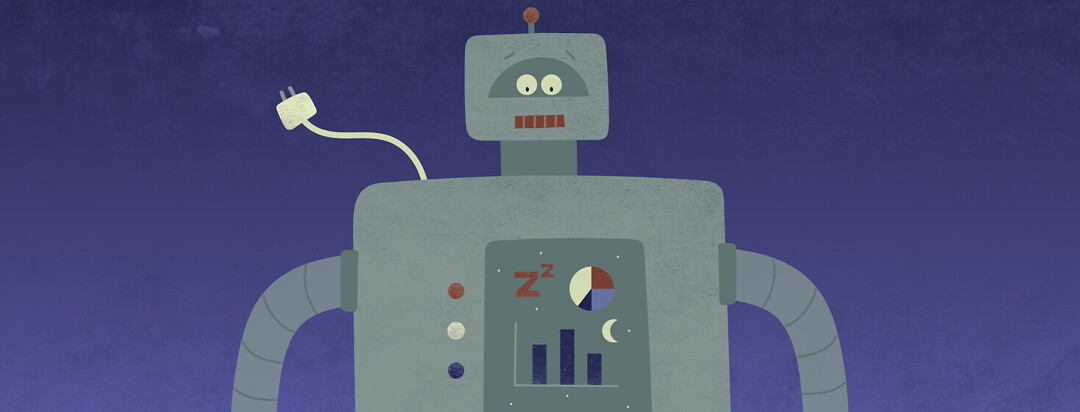Tracking Your Sleep With CPAP
This past year I got my first new CPAP in over 15 years. How much change can happen in 15 years? I found out that it’s a lot.
My new machine is the ResMed AirSense 10 Respond. I never use the humidifier feature on CPAP machines. My old CPAP had a separate tank that I could connect to for the humidifier feature. My new machine has a built-in humidifier. The nice feature is the tube now has warming coils. I would imagine this makes using the humidifier a more pleasant experience.
The robots are taking over
The ResMed AirSense 10 Respond can also adjust the air pressure automatically throughout the night. My old machine was set to 1 setting and it stayed there all night. The technology of the new machine detects when you are having an apnea and will accordingly adjust the pressure as needed. The robots are slowly taking over.
My CPAP machine tracks my sleep
The new feature I have liked the most is that the ResMed AirSense 10 Respond tracks my sleep. There are 2 reasons for this.
Insurance and compliance
The first is for insurance. Insurance companies want to make sure you are using the CPAP that they are paying for. Big brother is always watching. My rep from the medical equipment company I use explained that if I didn’t use the machine for at least 4 hours a day, the insurance company would stop paying. While I don’t like the fact that big brother is always monitoring, I do understand there is a lot of insurance fraud and waste.
Data for my doctor to review
The second reason for tracking is so my doctor can access my sleeping patterns. He now has hard data to assist me on my health journey. He actually caught me tinkering with my pressure settings. I have had issues with taking in too much air and waking up with terrible stomach pains. I explained why I adjusted my pressure. He explained that this is a common side effect of CPAP. I am not advocating for adjusting your own pressure; please talk to your doctor if you are experiencing issues. Do be aware that they’ll know with these newer CPAP machines.
Sleep data at my fingertips
I can also see all of this data that is being tracked. There is an app called myAir. Every morning, about 30 minutes after I take my CPAP off, all of my sleep data uploads to the app.
This app shows me how long I slept. It rates my mask seal on a scale from 1 to 20, with 20 being the best. It shows how many apnea events I have per hour. Lastly, it shows how many times I take my mask off during the night.
Seeing what causes a bad night of sleep
It takes all of this data and then gives me a score. 100 being the best. I score a 100 two or three times a month. I typically score in the high 90s. Once in a while, I have a bad night of sleep. I find it helpful to see what caused my bad night’s sleep. If my seal was bad, I know I should tighten my headgear.
How do you feel about having this information tracked? Would any of this help you on your health journey?

Join the conversation